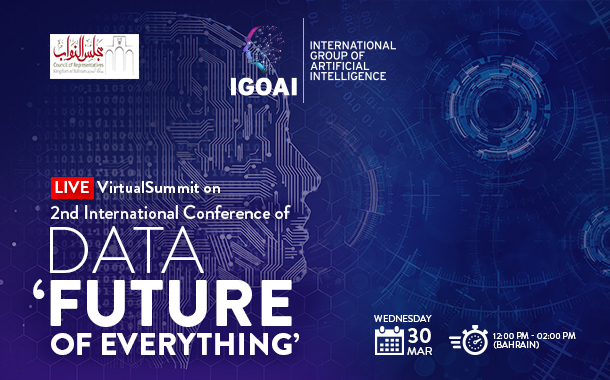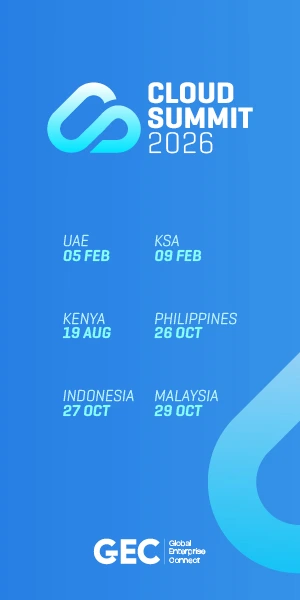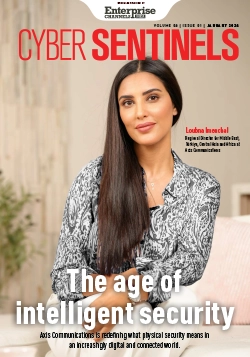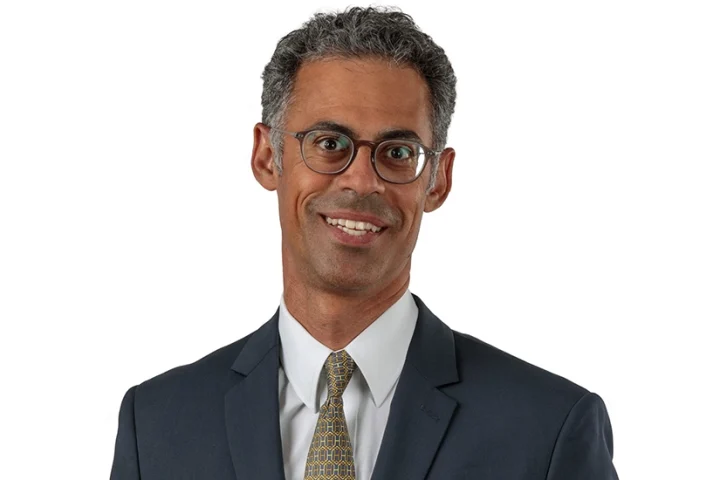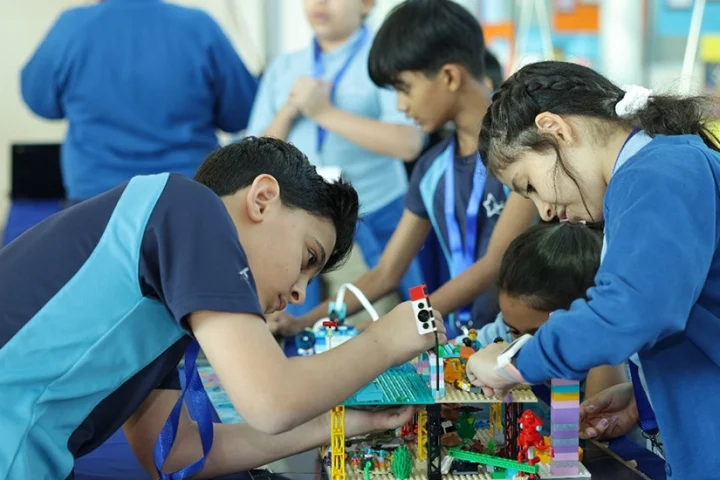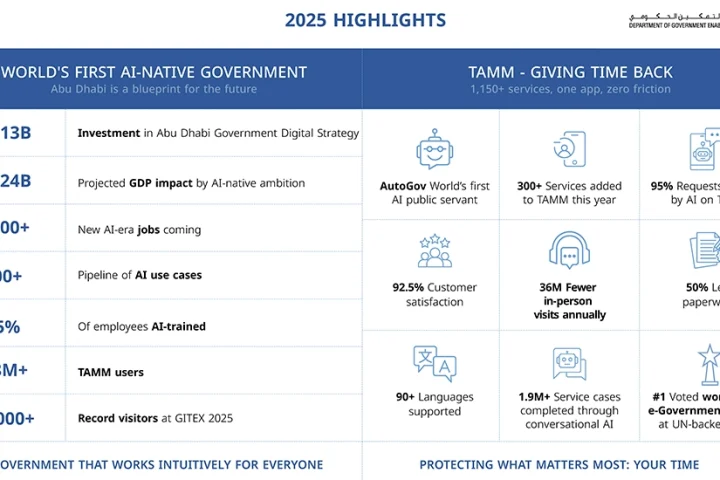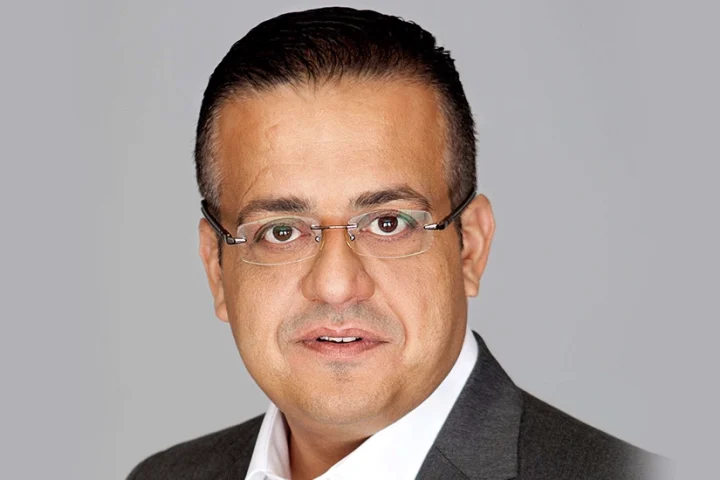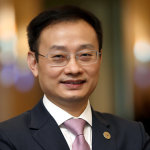As of 2023, the Middle East has seen substantial growth in the adoption of 5G technology. The region was among the first wave of the initial rollout, and in the last five years, we have witnessed an aggressive push in the Middle Eastern countries to establish a robust 5G infrastructure. Currently, there are 17 commercial 5G networks in the region, covering a population of 48 million. Many major cities across countries such as the UAE, Saudi Arabia, Qatar, Kuwait, Oman, and Bahrain have now been covered with 5G networks, with further plans for expansion into suburban and rural areas.
We are now at the cusp of a remarkable transformation, and the Middle East is already leading the charge in its journey towards 5.5G. The technology will bring a new dimension to how we perceive and look at networks, with an interesting dimension of harmonized communication and sensing being brought into the equation with 5.5G, and the biggest bottleneck of uplink bandwidth is also covered.
At a recently held media roundtable, senior Huawei executives discussed the company’s success in the 5G realm, its roadmap towards 5.5G, and its innovations in the Fixed Wireless Access (FWA) domain. May Li, Huawei Middle East & Central Asia Carrier Business Group, Solution and Marketing VP, and Emaad Ahmed, Chief Expert Network Architecture Transformation & Principal Solution Consultant, Huawei Middle East & Central Asia Carrier Business Group provided a deep dive into Huawei’s strategic approach, technological advancements, and their pivotal role in shaping the future of telecommunications in the Middle East with the 5.5G technology.
Emaad Ahmed, Chief Expert Network Architecture Transformation & Principal Solution Consultant, CNBG Middle East & Central Asia, Huawei, explained that 5.5G brings a new dimension to how we perceive and look at networks with an interesting dimension of harmonized communication and sensing being brought into the equation with 5.5G and the biggest bottleneck of uplink bandwidth also is covered. “I am super excited about the potential that passive IoT and RedCap will bring to the equation. I will give a simple example today in a warehouse for inventory management. Someone has to go box by box to log the stock. What if there could be a stick-on passive IoT barcode instead, which, with the click of a button, responds instantaneously for all sensors across the warehouse? This will truly transform how we look at logistics.”
Huawei underlined that the introduction of 5.5G represents a significant leap forward in mobile communications technology, promising even more astonishing capabilities. Key features of 5.5G include a 10 Gbps downlink, a 1 Gbps uplink, support for 100 billion connections, and native intelligence. With these capabilities, the potential applications of 5.5G are limitless.
In August 2023, the UAE’s Telecommunications and Digital Government Regulatory Authority (TDRA) declared the triumph of Phase II in the “5G-Advanced” (5G-Advanced aka 5.5G) trials project, carried out in collaboration with UAE telecom service providers (etisalat by e& and du). In October 2023, UAE-based telecom operator du and Huawei unveiled the world’s first ground-breaking 5G Advanced (5G-A) demonstration villa. The 5G-A or 5.5G Villa epitomizes the seamless integration of cutting-edge technologies, offering an unparalleled smart home experience enriched with applications such as naked-eye 3D and XR, through 10Gbps networks.
In Saudi Arabia, Zain KSA unveiled new developments on the 5G-Advanced network in collaboration with Huawei in September this year. In pursuit of a shared objective to bring about an era of unmatched connectivity, the two companies are presently engaged in the ‘5.5G City Innovation Project’ in the Kingdom.
The company executives explained that the rollout of 5.5G technology is a collaborative effort between industry partners and regulatory authorities. Industry partners, including telecom service providers, technology providers like Huawei, ecosystem partners for devices, terminals, and cloud services, as well as other entities such as R&D organizations, are instrumental in implementing the infrastructure, developing the technology, and integrating it into various operations.
Meanwhile, regulatory authorities oversee communications regulation, manage spectrum allocation, formulate policies, and protect consumer interests. These regulators ensure the 5.5G deployment adheres to safety, quality, and ethical standards while balancing national interests and security concerns. Effective collaboration between these entities is essential to ensure the successful, sustainable, and beneficial introduction of 5.5G technology in the Middle East, aligning it with both local needs and international standards.
May Li, Huawei Middle East & Central Asia Carrier Business Group, Solution and Marketing VP reiterated that 5G has been a game-changer for the Middle East, but the future lies in the evolution to 5.5G: “Key features of 5.5G include a 10 Gbps downlink, a 1 Gbps uplink, support for 100 billion connections, and native intelligence. With these capabilities, the potential applications of 5.5G are limitless.”
Huawei envisions an intelligent, connected society powered by 5.5G in the Middle East and through an open collaboration, that future seems more nearer than ever.




